The abaya is a traditional piece of clothing worn by Muslim women, particularly in Arab countries. It is a long, flowing robe that covers the body from head to toe, leaving only the face and hands exposed.
The origins of the abaya can be traced back to the pre-Islamic period in Arabia, where women wore similar garments as a form of protection from the harsh desert elements. These garments, known as khimars or hijabs, were typically made of thick, coarse fabrics that provided both coverage and protection from the sun and sand.
During the early years of Islam, the abaya continued to be worn as a practical garment, but its significance began to shift. In the Qur’an, it is stated that Muslim men and women should dress modestly, covering their bodies and avoiding anything that might be considered sexually alluring. As a result, the abaya came to be seen as a symbol of modesty and piety, as well as a way for women to protect themselves from unwanted attention.
Over time, the abaya became an integral part of Muslim women’s clothing in many parts of the world. In some countries, such as Saudi Arabia, the abaya is a mandatory form of dress for women in public. In other places, it is worn voluntarily as a personal choice.
The abaya has also evolved from its traditional form to include a wide range of styles, colors, and designs. Traditional abayas were typically black, made of thick, heavy fabrics, and featured minimal decoration.
Modern abayas, on the other hand, can be found in a wide range of colors, from bold and bright to soft and subtle. They can also be made of lighter, more breathable fabrics, and can be adorned with embroidery, beading, and other decorative touches.
Despite its evolution, the abaya remains a powerful symbol of faith and cultural heritage for many Muslim women. It is a reminder of the importance of modesty and respect in Islam, and a way for women to assert their individuality and identity within the constraints of their faith.
The abaya also holds a significant place in the history and culture of the Arab world. In many parts of the Middle East, the abaya is seen as a symbol of Arab identity and pride, and is often associated with the region’s rich cultural heritage.
In recent years, the abaya has also become a fashion statement. Many Muslim women have embraced the abaya as a means of expressing their personal style and creativity, and designers have begun to incorporate it into their collections. The result is a wide range of fashionable, trendy abayas that are worn by women around the world.
Whether worn as a requirement or a personal choice, the abaya continues to play a significant role in the lives of Muslim women around the world. It is a symbol of their faith, their culture, and their commitment to their beliefs. As a result, the abaya remains an important and enduring element of the Muslim world, and continues to be a source of pride and identity for many.

Related Post
Chic Modesty Meets Affordable Luxury: Inside Demure & Co
The modest wear industry is experiencing a transformative wave, driven by a global demand for fashion that marries elegance with…
Modesty with Style: The Rise of Modern Modest Wear Fashion Brands
1. The Evolution of Modest Fashion In recent years, the fashion industry has witnessed a significant shift towards inclusivity, with…
Memeluk Keragaman dalam Fashion Modest: Gerakan Global
Fashion modest, dulunya terkait secara khusus dengan komunitas Muslim, telah berkembang menjadi gaya inklusif yang diadopsi oleh wanita di seluruh…
Embracing Diversity in Modest Fashion: A Global Movement
Modest fashion, once primarily associated with the Muslim community, has evolved into a inclusive style embraced by women worldwide. This…
Top Trends in Luxury Modest Wear: Embracing Elegance and Sophistication
In the world of fashion, luxury modest wear has emerged as a timeless trend, combining elegance with a sense of…
15 Marketplace Mewah di Seluruh Dunia untuk Membeli Busana Modest
Dalam dunia fashion yang terus berkembang, marketplace mewah memainkan peran penting dalam mengkurasi dan memamerkan busana modest mewah dari berbagai…
Discover the Essence of Demure & Co: Elevating Modest Fashion with Elegance and Heritage
In the vibrant intersection of tradition and contemporary allure, Demure & Co emerges as a beacon of sophistication and cultural…
Unlock the Elegance of Demure’s Orion 37 Tropical Enigma Necklace
Demure Orion 37 Tropical Enigma Necklace epitomizes the intersection of luxury and versatility, offering a transformative accessory that complements the…
Demure & Co for DUBAI
Merangkul Gaya Modest Modern: Sebuah Perayaan Keanekaragaman dan Inklusivitas
Fashion modest telah melampaui batas-batas budaya dan agama, berkembang menjadi gerakan global yang merayakan keanggunan dan inklusivitas. Tokoh-tokoh berpengaruh dalam…
Embracing Modern Modest Wear: A Celebration of Diversity and Inclusivity
Modest fashion has transcended cultural and religious boundaries, evolving into a global movement that celebrates elegance and inclusivity. Influential figures…



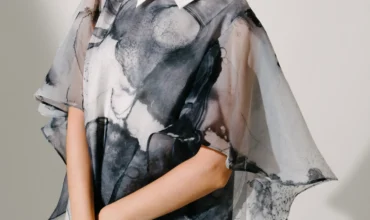
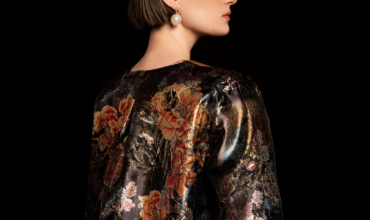
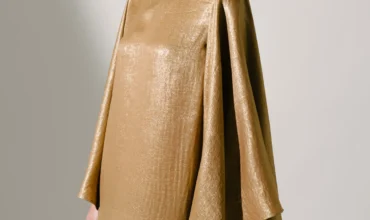
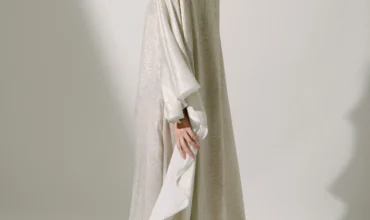





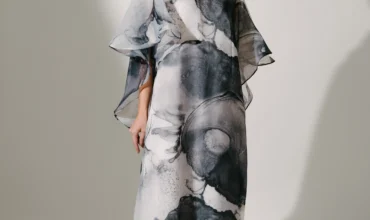

There are no reviews yet.